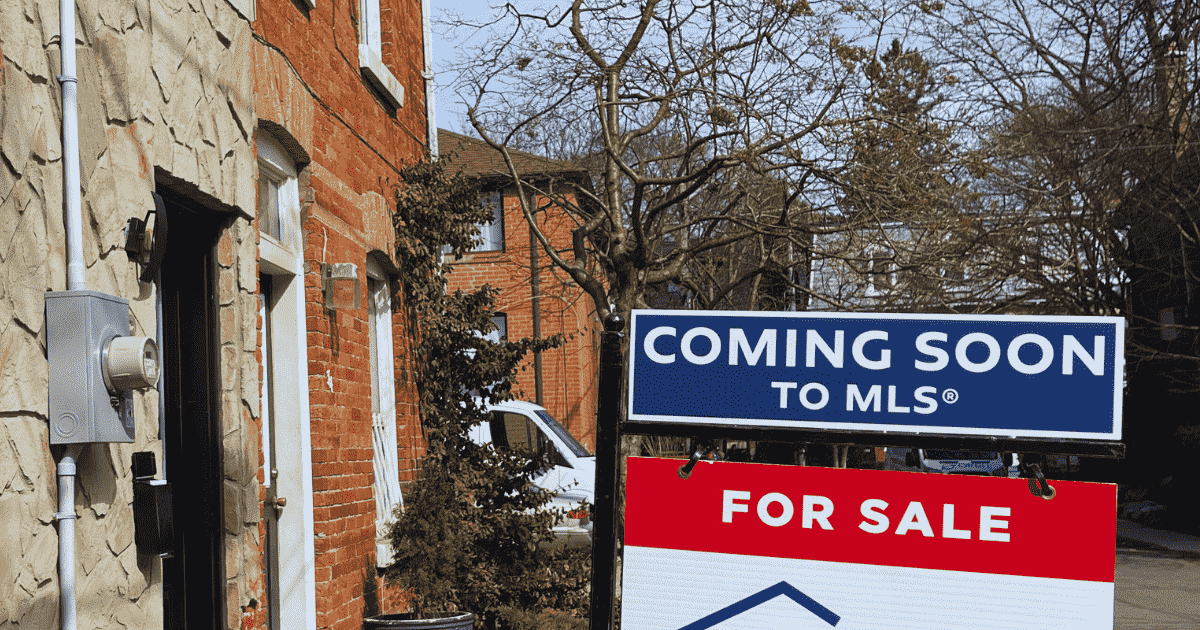When real estate markets get hot, often property developers and home buyers buy properties in desirable neighbourhoods and then demolish the existing structure to build their own dream homes. This causes angst for local community groups and historic preservation societies.
If your client wants to buy and rebuild, how do you ensure a smooth transition for them? What clues tell you that a house you are offering for sale would be as valuable as a new home if left intact? What turns a character home into an historic treasure?
Caroline Adderson has lived in Vancouver since 1982. She is the owner of the Facebook page Vancouver Vanishes, which is dedicated to chronicling the demise of the houses sitting in older neighbourhoods of the city.
“Last year, Vancouver approved the demolition of 974 single-family homes and duplexes,” she says. “Around 40 per cent of demolitions are pre-1940s character homes, meaning that almost every second day we lose an original house built by hand from old-growth wood (a non-renewable resource). Many of these homes are completely upgraded and renovated. Working appliances are crushed along with reusable household goods and furniture.”
In her area, the lots that are left are then used for multi-suite buildings and houses much larger than their original counterparts. Adderson says that having several older houses on the same street demolished begins the process of the street losing much of the “character” of the period in which it was originally created, something neighbourhoods may not want.
“I’d say all these pre-1940s homes have historic value because they bear witness to history,” says Adderson. “Lived in by many generations, they become repositories of narrative, which is all history really is: stories. (In Vancouver) anyone can look up the history of their home using the online City Directories through Vancouver Public Library. The Heritage Vancouver Society Historic Building Permits Project is helpful too, as well as the Vancouver Archives.” Similar sources are available in other cities across the country.
A little research can go a long way. If you check out the history of the house, you may be able to talk to its former owners or at least look at any building or renovation permits they filed, and find out what repairs or changes were made while they lived in the house. This can tell you a lot about general upkeep and condition over the years.
If the house is to be demolished, it might be helpful to approach the people who live in the area surrounding the house with contact information. You could perhaps include a gift card for a restaurant so they can get away from the noise one day during the demolition. Address their concerns the best that you can. Apologize on behalf of you or your client for the noise and explain why demolition is the best solution.
Some homes may appear a little under the weather but still be salvageable. A savvy investor can recognize the gem in a crowd of careworn contenders. A general rule of thumb is to avoid homes that will need new plumbing, electrical, foundation, roof and wall work or repairs. When selling the home later, no one sees these improvements and they don’t add to the home value.
Although your role as a sales rep will be minimal by the time your client’s contractors are done and the home project starts, you can help ease the transition by having your client offer a small gift (baked goods), with contact information to the neighbours. Suggest that your client have a barbecue once the dust clears, and sometimes lifelong friendships are the result!
Yvonne Dick is a contributing writer for REM with two decades of experience in journalism.















